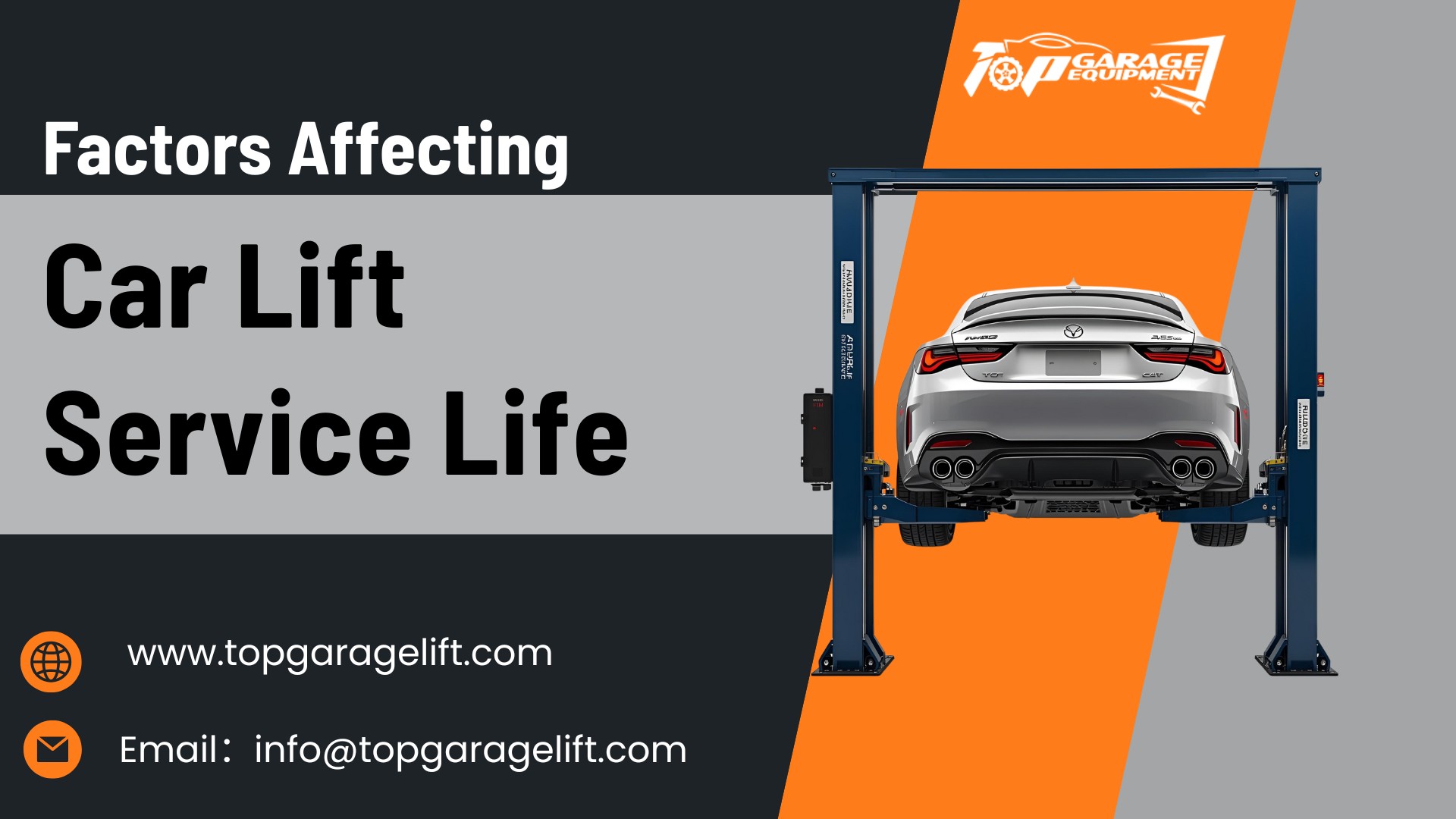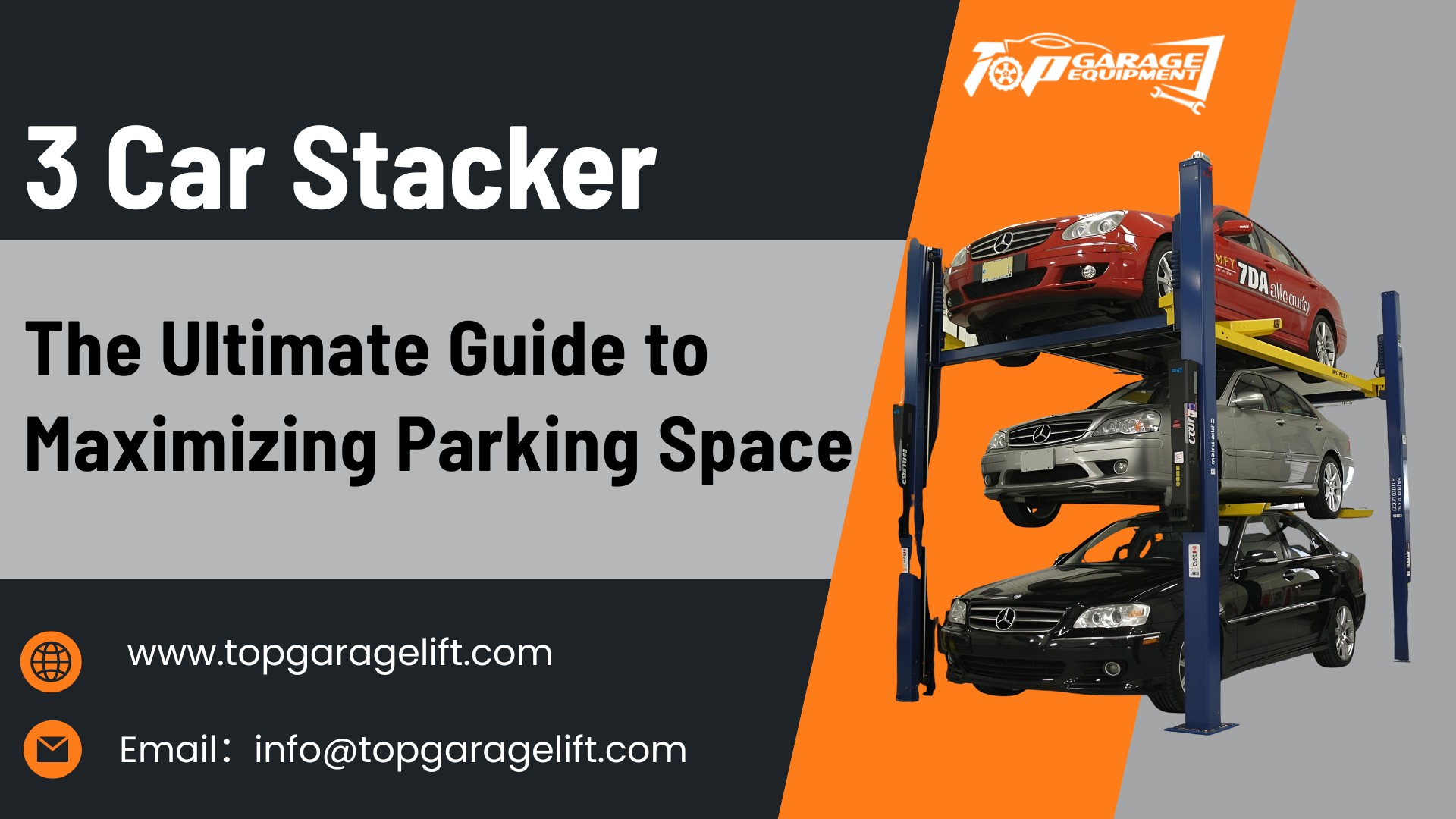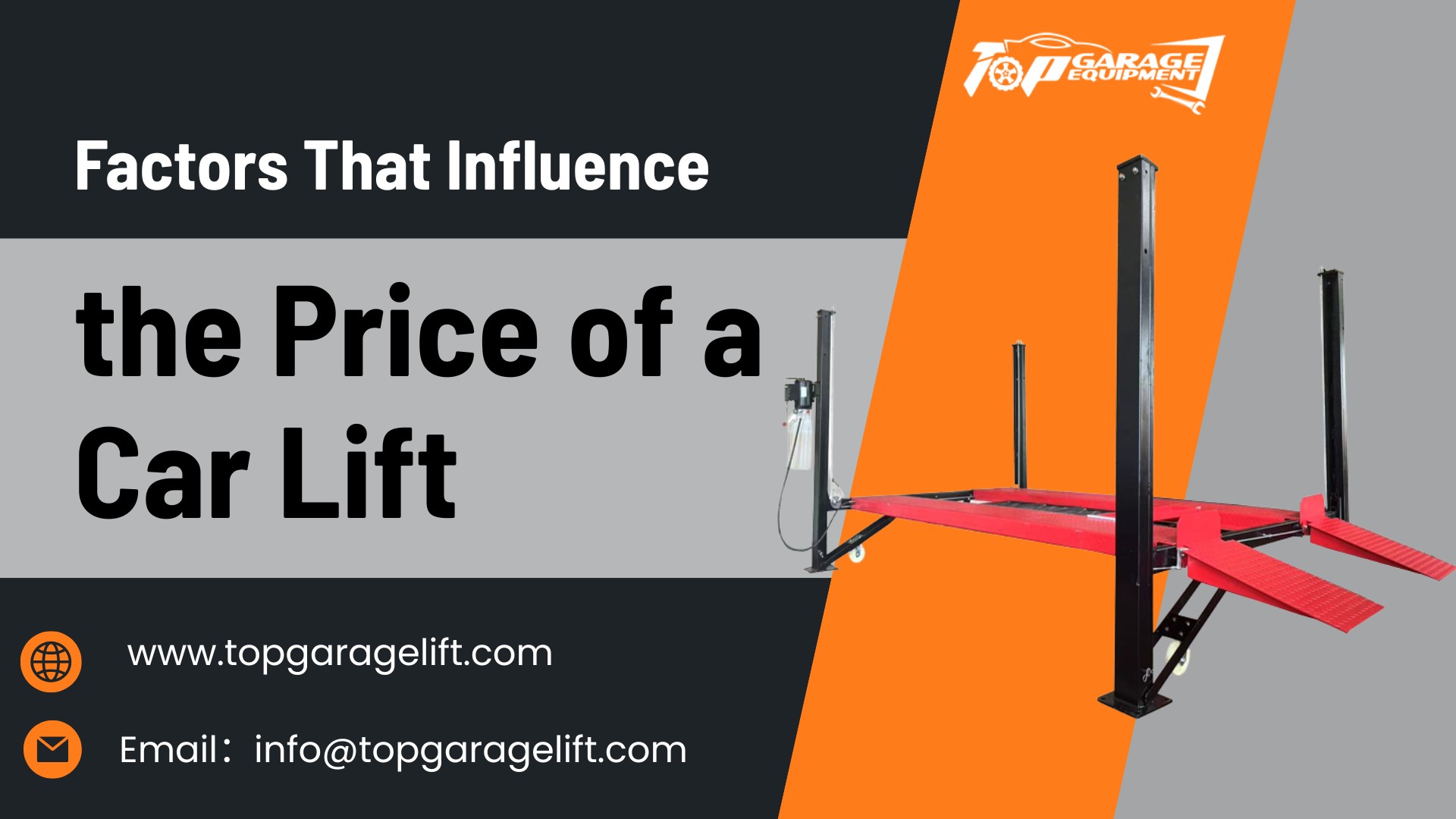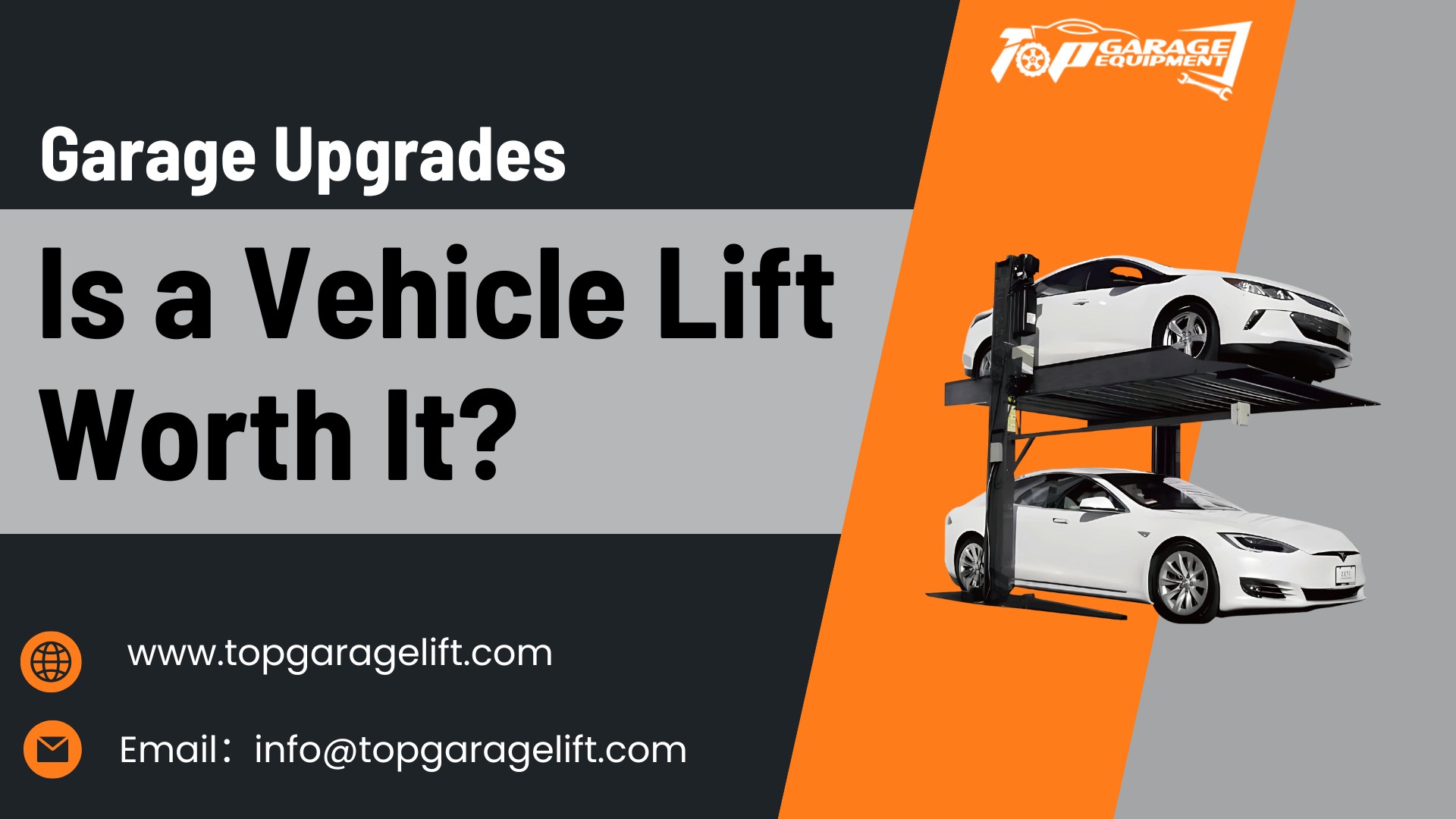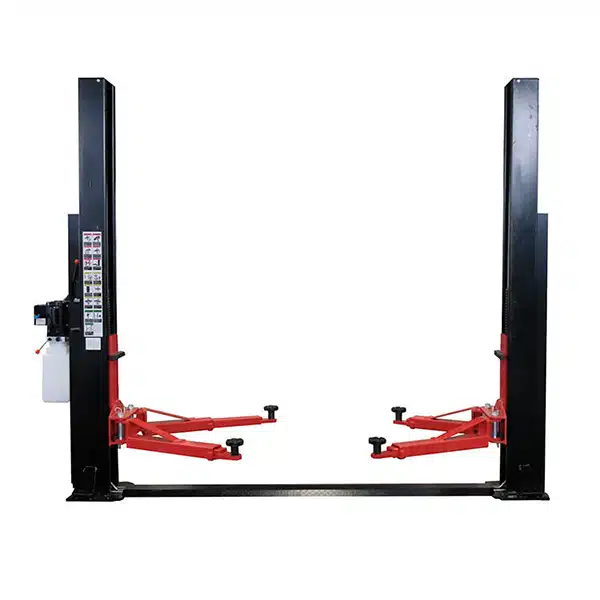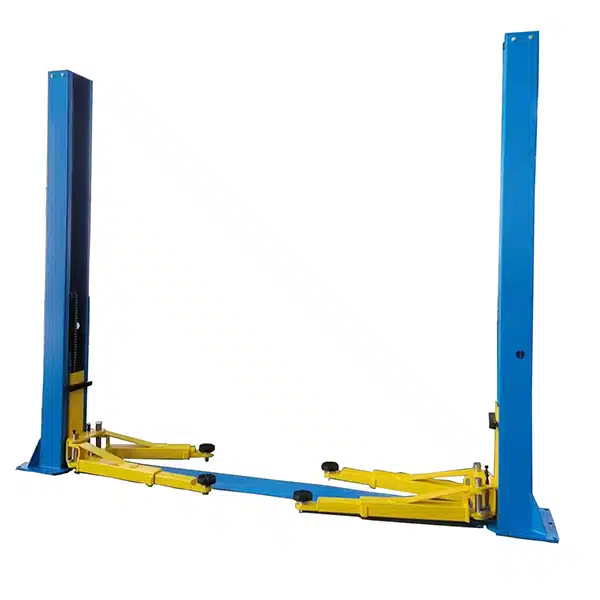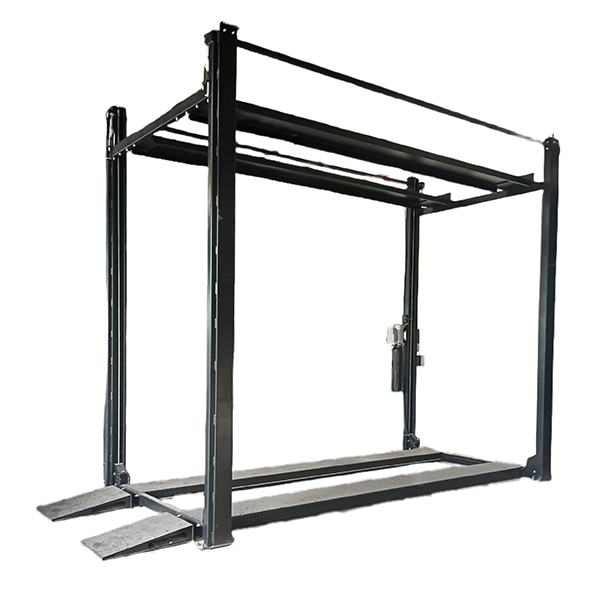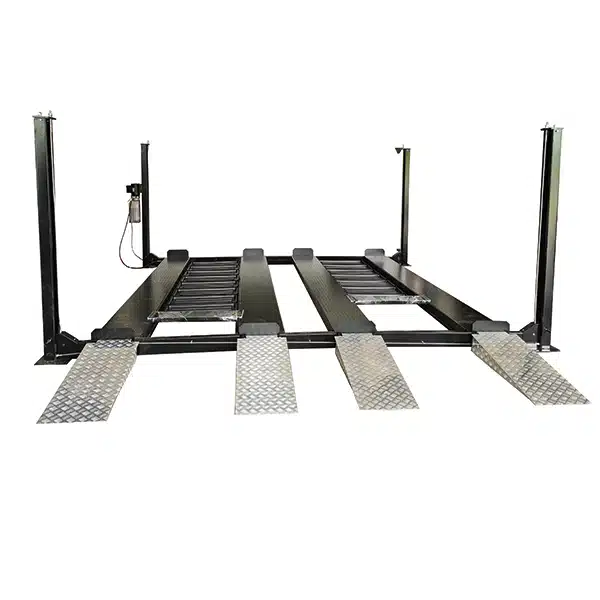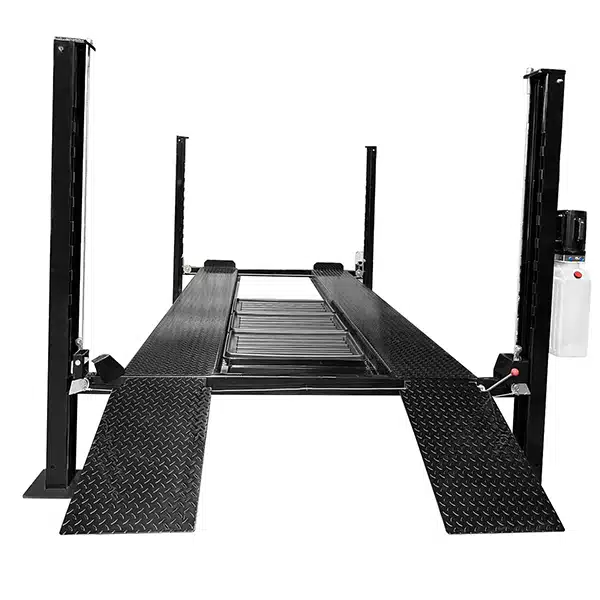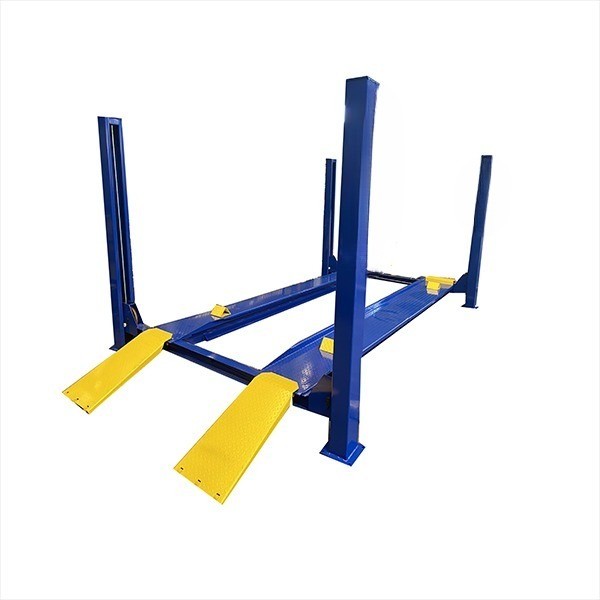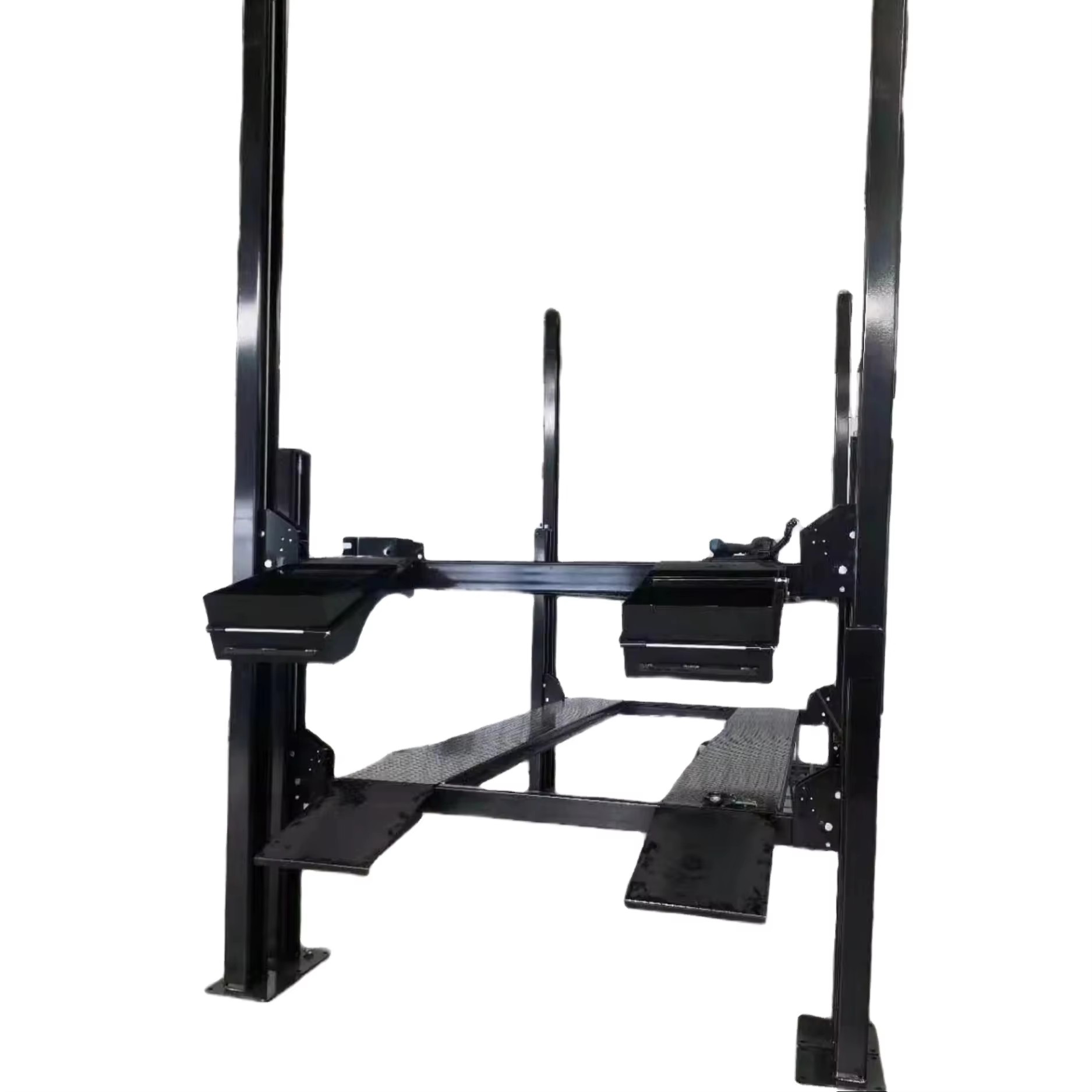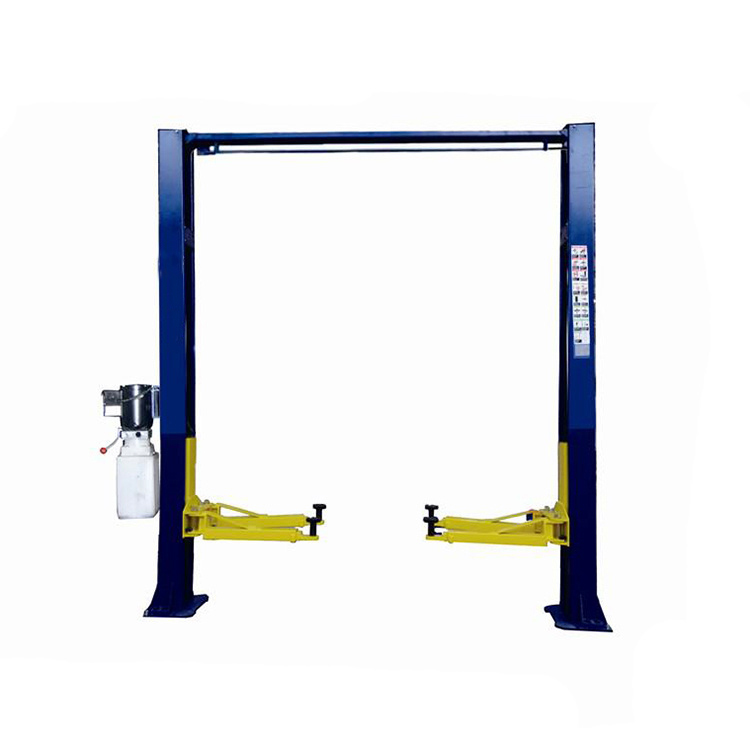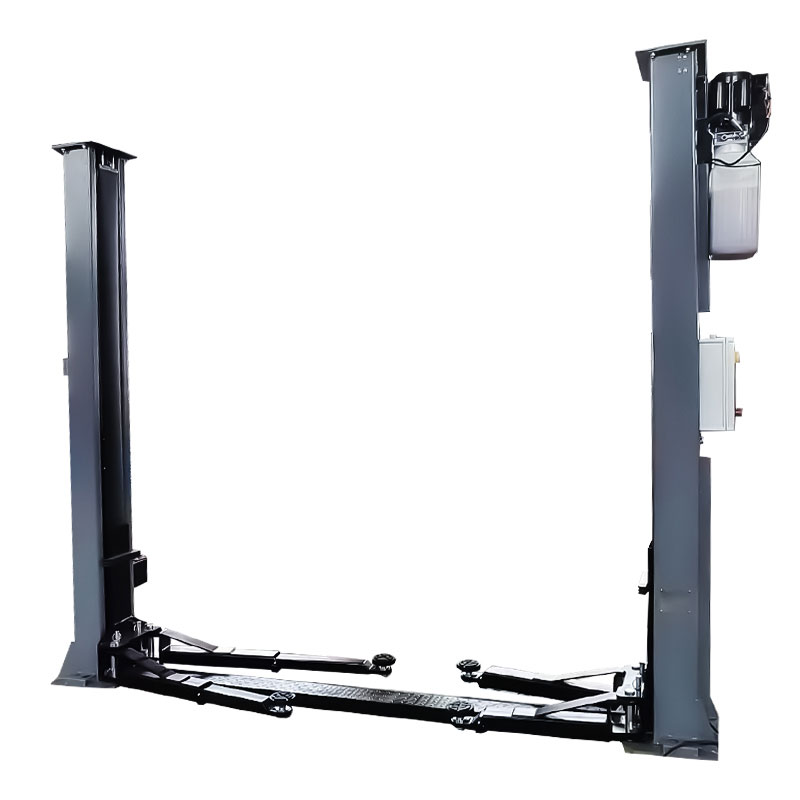Installing a car lift is more than just choosing the right equipment—it also depends on the strength and stability of the foundation beneath it. A properly designed concrete slab ensures safety, prevents structural issues, and extends the service life of the lift.
In this guide, we’ll explore the essential concrete slab requirements you need to consider before installation, from thickness and reinforcement to curing and load capacity.

Concrete Slab Requirements
Concrete Thickness
Car lift safety starts with meeting the right concrete thickness requirements. The concrete slab must support heavy loads and resist bending or cracking. Most manufacturers and industry standards recommend a minimum thickness of 4 inches for light-duty car lifts. Heavier lifts need more support. For lifts with a capacity between 11,000 lbs and 15,000 lbs, a 6 inch minimum thickness is necessary. Very heavy-duty lifts, which handle over 16,000 lbs, require at least 8 inches of concrete thickness.
A thicker concrete slab can better resist vertical and moment loads. This helps distribute the weight of the vehicle and the lift, preventing localized failure. Adequate concrete thickness also resists rotational forces, which keeps the lift stable during operation.
Concrete Strength
Concrete strength plays a key role in the durability and safety of a car lift installation. The concrete slab must have enough compressive strength to support the lift and the vehicle. Most experts recommend a minimum concrete strength of 3,000 PSI. Some local building codes may require up to 4,000 PSI, especially for commercial garages or heavy-duty lifts.
- Minimum concrete strength: 3,000 PSI
- Some codes require 4,000 PSI for added safety
- The slab must be fully cured, usually for at least 28 days, before installing a car lift
A strong concrete slab prevents cracking and ensures the anchors hold securely. The surface should be level and free of cracks to provide a stable base for the lift.
Lift Type Requirements
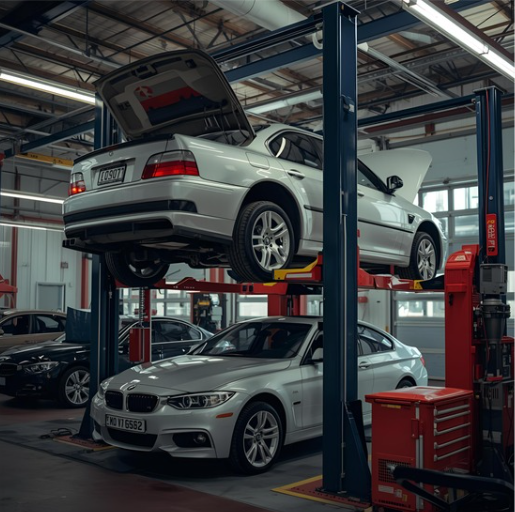
2-Post Car Lift
A two post lift places significant stress on the concrete slab at the anchor points. The slab must support the car lift capacity and prevent movement during operation. Most manufacturers recommend a minimum slab thickness of 4 inches, but a 6-inch slab offers better safety for higher weight capacity models. Concrete strength should range from 3,000 to 3,500 PSI. Reinforcement with rebar or wire mesh helps distribute the load and reduce cracking. The slab must cure for at least 28 days before installing the lift.
4-Post Car Lift
A four post lift spreads the weight capacity over a larger area, but each post still creates a concentrated load. The minimum slab thickness for a four post lift is 4 inches, with a concrete strength of 3,000 PSI. For commercial settings or higher car lift capacity, a slab with 4,000 PSI strength is recommended. The slab must distribute the load from each post to prevent cracking or settling.
| Lift Type | Minimum Thickness | Concrete Strength | Anchor Embedment |
|---|---|---|---|
| Four Post Lifts | 4 inches | 3,000 PSI | 3-1/4 inches |
Scissor Car Lift
A scissor car lift requires a slab with higher tensile strength because the lifting mechanism applies force across a wide area. The concrete should have a minimum strength of 4,000 PSI and must cure for at least 28 days. Reinforcement with wire mesh is recommended. The slab must meet American Concrete Institute standards for aging and quality.
Car stacker Lift
A car stacker lift often supports multiple vehicles, so the slab must handle a higher weight capacity. The minimum thickness for most car stacker lifts is 4 to 4 ¼ inches, with concrete strength at least 3,000 PSI. Heavier models may require a 6-inch slab. Reinforcement with rebar or wire mesh is essential for safety and durability.
| Lift Type | Minimum Thickness | Concrete Strength | Reinforcement Size |
|---|---|---|---|
| Car Stacker Lifts | 4-6 inches | 3,000 PSI | Rebar or wire mesh |
Assessing Existing Slab
Checking Thickness
A car lift needs a concrete slab with the right thickness. People can check slab thickness by drilling a small hole at the anchor location and measuring with a probe or tape. Many professionals use a core drill to remove a small cylinder of concrete for direct measurement. If the slab shows signs of wear or patching, thickness may vary across the surface. Inadequate concrete thickness can lead to unsafe lift operation and slab failure.
Checking Strength
Concrete strength determines how well the slab supports a car lift. Several tools and techniques help assess strength in existing slabs:
- Rebound hammer: quick and easy, but less accurate.
- Penetration resistance: fast, but only checks surface hardness.
- Ultrasonic pulse velocity: uses sound waves for deeper analysis.
Checking Reinforcement
Reinforcement helps concrete resist cracking and supports heavy loads. Detecting reinforcement in an existing slab does not always require destructive testing. Common non-destructive methods include:
- Magnetic flux leakage: finds cracks and steel bars by measuring magnetic fields.
- Ground Penetrating Radar (GPR): maps rebar layout using radio waves.
- Ultrasonic testing: locates embedded steel without damaging concrete.
These technologies help verify the presence and placement of rebar or wire mesh. Proper reinforcement prevents problems caused by inadequate concrete thickness.
Signs of Unsuitability
A slab may show several signs that it cannot support a car lift safely. Look for these warning signals:
- Visible cracks, especially near anchor points.
- Uneven or sloping surface.
- Spalling or flaking concrete.
- Water damage or stains.
If any of these signs appear, the slab may not meet car lift requirements. Addressing these issues before installation helps prevent accidents and costly repairs.
Solutions for Unsuitable Slabs

Upgrading Slab
When a concrete slab does not meet the requirements for a car lift, upgrading often provides a practical solution. Contractors may increase slab thickness, add reinforcement, or pour a new section where the lift will sit. Upgrading ensures the slab can safely support the weight and stress of the lift.
Upgrading may involve cutting out and replacing only the area under the lift, which saves time and money compared to a full replacement.
Replacement
Sometimes, the existing slab cannot be upgraded or reinforced to meet safety standards. Full replacement becomes necessary in these cases. Removing and pouring a new slab ensures the base meets all thickness, strength, and reinforcement requirements for a car lift.
- Concrete leveling can cost up to 70% less than a full replacement, but may not always provide enough support.
- Most car lifts need a thick, reinforced base, which increases the cost if the old slab lacks proper thickness.
A new slab offers the best long-term safety and performance, especially for commercial garages or heavy-duty lifts.
Risks of Temporary Fixes
Temporary fixes may seem convenient, but they often create serious risks. Using canned foam or patching cracks does not provide the support needed for a car lift. Problems can include:
- Cracking slabs from incorrect hole placement or uneven lift installation.
- Weak support under heavy loads, since foam and similar materials are not designed for vehicle weight.
- Uneven void fill, which leaves empty pockets under the slab.
Installation Guidelines
Level and Flat Surface
A flat and level concrete surface is essential for safe car lift operation. Uneven surfaces can cause instability and increase the risk of accidents. Installers should use precise leveling tools, such as laser levels or digital levelers, to check the slab before placing the lift.
- Laser levels help ensure the lift sits perfectly horizontal.
- Adjustable feet or shims can correct minor irregularities during lift installation.
Curing Time
Proper curing of the lift installation concrete is critical for strength and durability. Concrete needs time to reach its full load-bearing capacity.
- Industry standards recommend a minimum curing time of 28 days before installing a car lift.
- Full curing ensures the slab can handle the weight and stress of daily use.
Rushing the process can lead to cracks or weak spots, which compromise safety.
Edge Distance
Anchor bolts must sit far enough from the slab’s edge to prevent cracking and ensure secure fastening. The required edge distance varies by lift model. For example:
| Lift Model | Edge Distance |
|---|---|
| Rotary SPOA10 | 4-3/4″ |
Installers should always check the manufacturer’s specifications for the correct edge distance.
Avoiding Cracks and Seams
Cracks and seams in the slab can weaken the foundation and reduce safety. Several techniques help prevent these issues:
- Use epoxy anchors for strong, reliable fastening.
- Consider a thick steel sub-plate to distribute forces and avoid cracks when placing anchors.
- Drill and tap the sub-plate to match the hoist’s bolt pattern.
Conclusion
Proper concrete slab design is critical for safe and reliable car lift installation. A minimum of 4 inches at 3,000 PSI is required, while heavy-duty lifts may need 6–8 inches and up to 4,000 PSI. Reinforcement, full curing, correct anchor placement, and a level surface are all essential. Assessing or upgrading the slab before installation prevents risks, ensuring long-term safety and durability.


